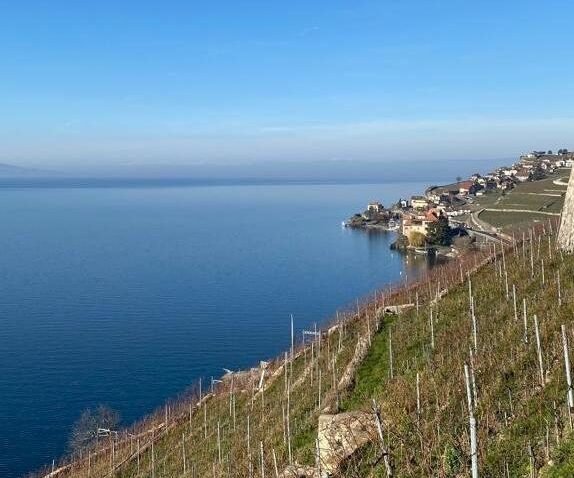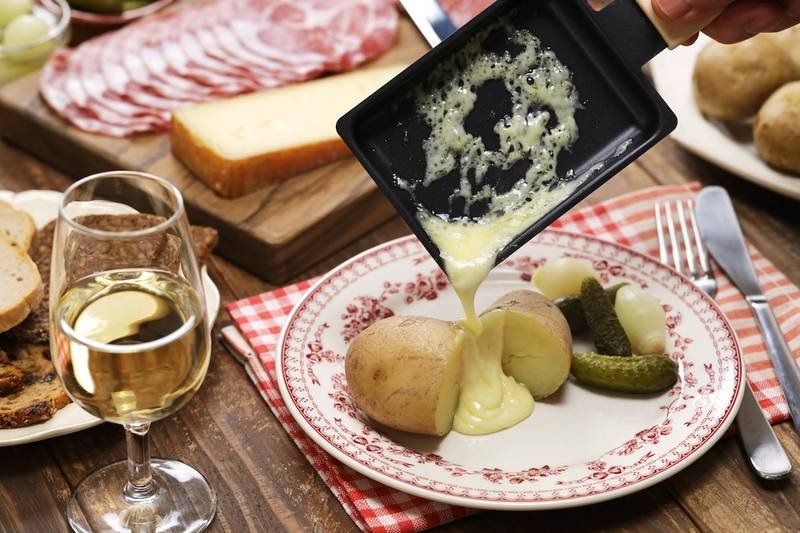A guide to Switzerland: everything you need to know
By Serena Pedrioli
Welcome to the heart of Europe, where history blends with modernity and Alpine landscapes take your breath away.
Switzerland (or the Swiss Confederation) has an area of about 42,000 km2 and borders Italy, France, Germany, Austria and Liechtenstein. The country’s four official languages-German, French, Italian and Romansh-reflect the great diversity of the country, a crossroads of cultures and traditions. In fact, this federal state is composed of 26 cantons that divide the Swiss population, now nearly 9 million, into three major linguistic and cultural regions.
Currently, Switzerland is home to as many as 12 sites recognized as UNESCO World Heritage Sites. These sites include historic cities, architectural complexes and exceptional natural landscapes. In addition to the world heritage sites, there are also numerous protected natural areas and national parks that contribute to the country’s ecological diversity.
Table of Contents
A Little History of Switzerland
The history of Switzerland is a fascinating journey through the ages, from ancient barbarian tribes to today’s cosmopolitan Swiss cities. This land, rich in tradition and innovation, has gone through many crucial stages to become the Switzerland we know today.
In the Upper Paleolithic, about 12,000 years ago, Swiss lands were inhabited by nomadic tribes. As time progressed, Celtic and Neolithic tribes settled in the region, followed by the Romans in 15 B.C., who brought with them the influence of Roman civilization. However, in the 4th and 5th centuries AD, the area was invaded by the barbarian tribes of the Germans, including the Alamanni and Burgundians, leading to the fragmentation of the territory.
During the early Middle Ages, Switzerland was often the scene of conflicts between local tribes and external invasions. In the 10th century, a few noble families began to emerge, leading to a series of alliances and rivalries between the different Swiss regions.
In 1291, the Pact of Brunnen was signed, marking the official date of formation of the Swiss Confederation.
In 1315, the cantons of Uri, Schwyz and Unterwalden formed the Schwyz League to defend themselves against the Habsburgs, and the Battle of Morgarten in the same year marked a turning point, consolidating the Swiss confederation. Over the next centuries, the Swiss Confederation expanded, with new cantons joining the federation. Despite internal conflicts caused by religious tensions in the 16th, the Confederation maintained its political and religious unity. Until, in 1848, Switzerland adopted a new federal constitution, becoming a modern federal state.
During the 19th and 20th centuries, Switzerland experienced a period of economic growth and modernization. Swiss neutrality during the two world wars confirmed its international status as a land of peace and stability. Today, Switzerland is a federal republic with a strong economy, a stable political system and a high quality of life.
Swiss regions
German-speaking Switzerland
Located in the northern part of Switzerland, German-speaking Switzerland is famous for its majestic mountain landscapes, with the Swiss Alps dominating the horizon. This region is home to vibrant cities such as Zurich, Switzerland’s largest city, and Lucerne, with its picturesque wooden bridges.
German-speaking Switzerland is densely populated and is the largest and most influential part of the country. Here, visitors can immerse themselves in Swiss culture, discover fascinating local traditions and enjoy a wide range of outdoor activities.
- All Posts
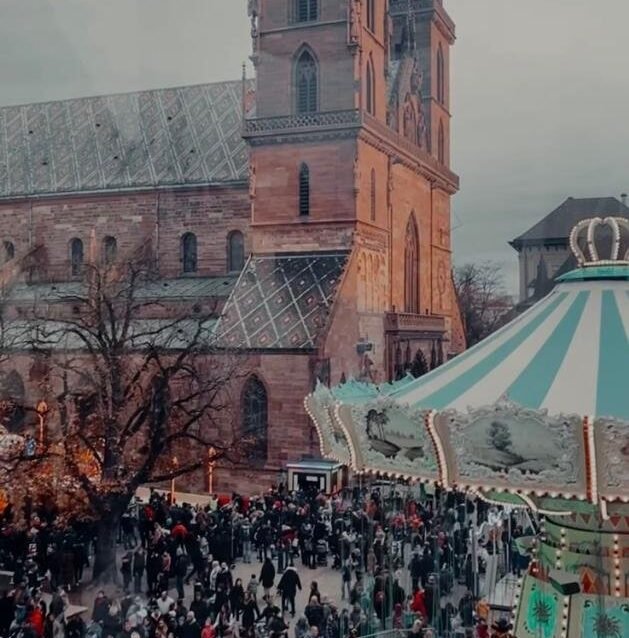
French-speaking Switzerland
French-speaking Switzerland is located in the western part of the country, bordering France.
Geneva, located on the shores of Lake Geneva, is one of the region’s main cities, renowned for its cosmopolitan atmosphere and the international organizations it hosts. While Lausanne, another jewel of French-speaking Switzerland, captivates with its elegant architecture and surrounding vineyards.
French Switzerland also enchants with its picturesque hilltop castles and breathtaking views of the French Alps.
- All Posts
Italian-speaking Switzerland
Italian-speaking Switzerland is located in the southern part of the country, bordering Italy. This region embodies the charm of the Mediterranean among Alpine peaks.
Lugano, with its Mediterranean atmosphere and elegant boutiques, is the largest city in Italian-speaking Switzerland. While charming towns like Locarno and Bellinzona, the canton’s capital, capture the imagination with their ancient castles and cobblestone streets that tell centuries-old stories.
This region is renowned for its Italian-influenced cuisine and picturesque alpine lakes.
- All Posts
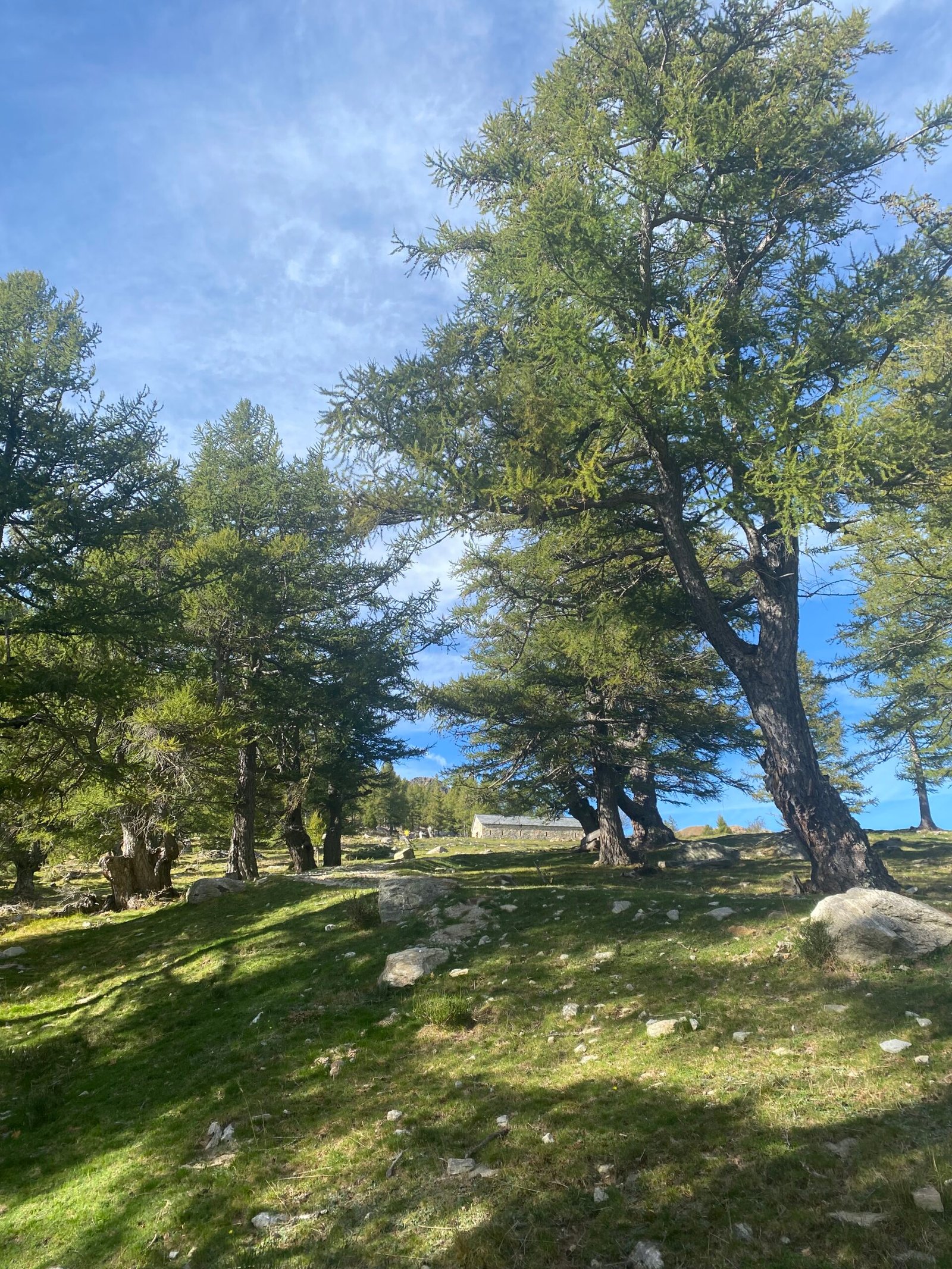
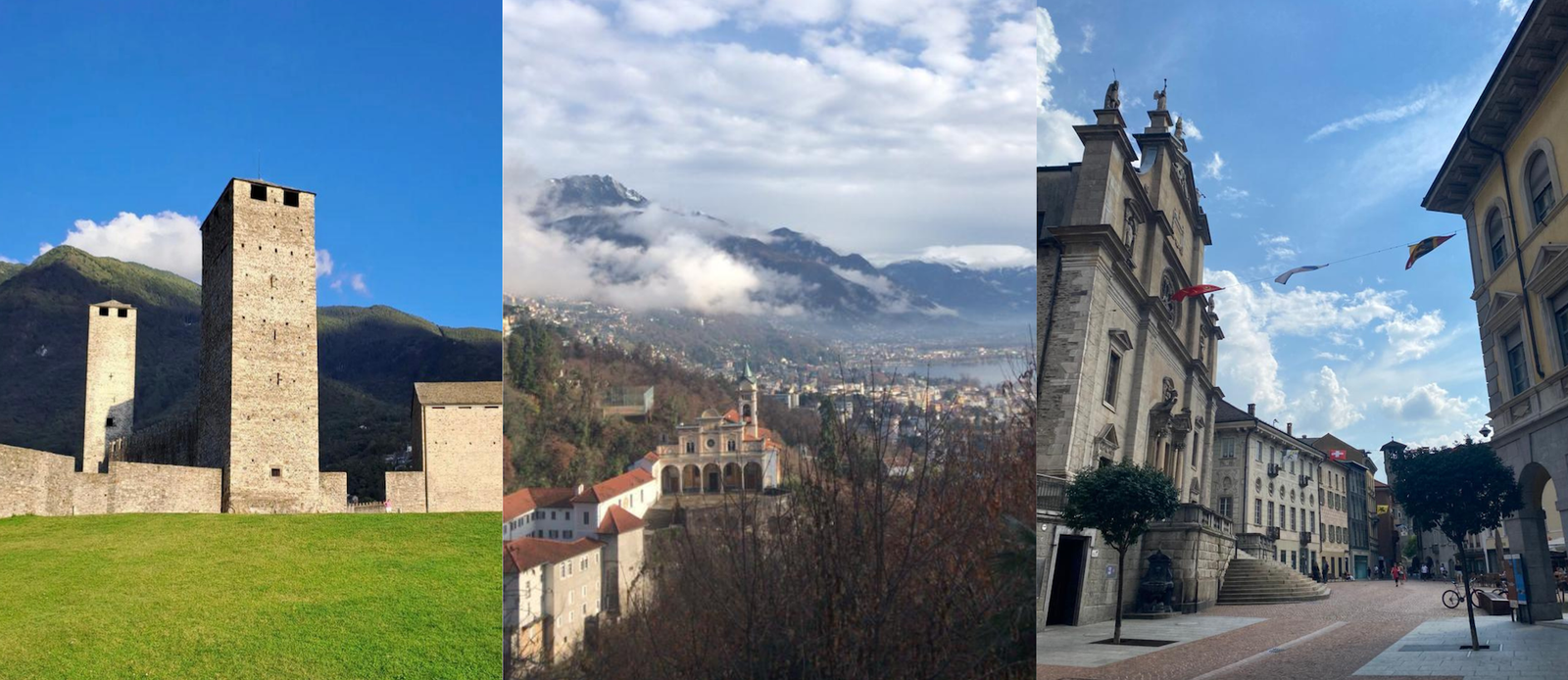
Swiss Gastronomy
Swiss cuisine is an irresistible journey through a variety of delicious and traditional flavors. From renowned fondue and raclette to delicious Swiss chocolates, each dish is a celebration of culinary richness and craftsmanship.
Local cheeses, with their creaminess and robust flavor, enchant the palate of connoisseurs, while artisanal desserts delight with their unique and irresistible sweetness. Each bite tells a story of tradition and innovation, offering an unforgettable dining experience that reflects Swiss cuisine’s love and attention to detail.
Switzerland, an Alpine Skiing Paradise
Switzerland is a true paradise for winter sports enthusiasts. With renowned ski resorts such as Zermatt, Verbier and St. Moritz, the country offers perfectly groomed slopes and breathtaking winter landscapes.
Opportunities for downhill skiing, snowboarding and other snow activities are virtually unlimited, making Switzerland an ideal destination for winter sports enthusiasts. Whether you’re a beginner eager to learn or an expert seeking more demanding challenges, the Swiss mountains offer a wide range of trails suitable for every skill level.
In addition, world-class facilities and a welcoming atmosphere make the skiing experience in Switzerland unforgettable for all winter sports enthusiasts.

